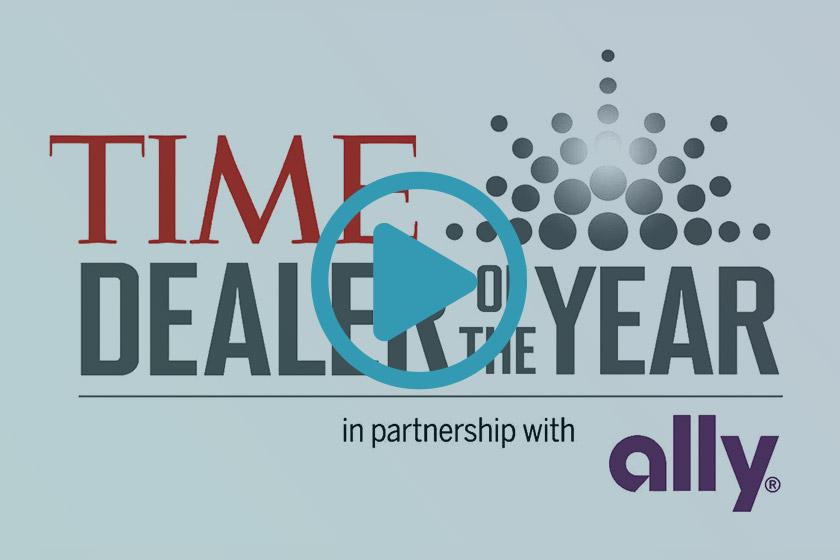When working with any paid ad service, budgeting is a critical part of the endeavor; you must be precise in your ad spend to get the desired results, and to maximize your bang for buck. This is certainly true in Facebook Ads, where you’ll be faced with various options for bidding and for determining your ad spend.
Bidding can truly be make-or-break for your Facebook advertising. You certainly don’t want to develop great ad copy and then go to all the trouble of targeting your Facebook ad, only to have the process break down during the actual bidding. In this post, we’ll offer a quick rundown of what smart bidding looks like in the Facebook Ads Manager.
Understanding the Bidding Process
The word bidding suggests that this is an auction, and that’s the first thing to understand about how the process works. Every time you create a new ad campaign, you’re essentially joining a massive, worldwide auction, where the items being bid on are as displays.
You’re competing with other advertisers for prime Facebook real estate—including ad space in news feeds but also in Messenger, in the Facebook Audience Network, and beyond. This includes mobile app displays, too.
And while Facebook will certainly attempt to make its advertisers happy, it’s simply not possible to give each advertiser the space they might like—hence the bidding process. When Facebook can’t fulfill all the ad requests it gets, that coveted online real estate goes to the highest bidders.
Factors in Ad Delivery
Now, Facebook Ad displays don’t solely boil down to the highest bidder. There are other factors to consider, too—including relevance scores and “estimated action rates.” Something else you’ll want to note is that the amount you bid isn’t actually the amount you’re going to pay. Rather, it represents the maximum amount you are willing to pay. Facebook will only make you pay the lowest possible bid to have your ad displayed.
Let’s offer an example. Say there are three available ad displays, but four advertisers competing. A simplified rundown of the bidding might look something like this:
Advertiser #1: A bid of $2
Advertiser #2: A bid of $6
Advertiser #3: A bid of $6
Advertiser #4: A bid of $12
In this example, the first advertiser is probably not going to get anything; the bid is just too low when compared to the others. The middle two advertisers will likely get some decent ad displays, and they’ll pay somewhere between $2.01 and $6. Meanwhile, the fourth advertiser will get the most impressions—and likely pay somewhere a little over $6, but not the full $12.
There are a couple of implications to all of this. The first is that, if you place bids that are too low, you may not get any exposure and you may not reach your advertising goals. Second, bidding high amounts isn’t really something to be overly worried about, because you likely won’t pay the full amount.
Different Types of Bidding
Something else that advertisers will want to note is that Facebook Ads Manager allows for a few different types of bidding. It’s essential to understand the full implications of each one.
CPM Bidding
Cost Per Mille (Thousand) bidding is probably the most unpredictable of the bunch. Basically, it means you’re bidding the maximum amount you are willing to pay to deliver 1,000 ad impressions to the members of your target audience, just as we’ve laid out above. This is something we’d recommend primarily to larger brands, whose goal is simply creating brand awareness.
CPC Bidding
More useful for many advertisers will be Cost Per Click bidding, which means you only pay when the user clicks on your ad. This removes much of the risk associated with Facebook Ads; your ad could be displayed a million times, but if nobody clicks on it, you won’t pay a dime. The worst case scenario? You get a lot of free ad exposure.
The specific clicks you get on your ad will correspond to different campaign objectives, too—for example:
- Clicks to visit your business website;
- Clicks to install your app;
- Clicks to view an off-site video.
Now, the one thing to remember here is that Facebook wants to maximize its own ad revenues—which is where relevance scores come into play. If nobody is clicking on your ad, Facebook will probably stop displaying it, or at least scale back on displays significantly.
Bidding on Conversions
Bidding on conversions is probably what you’ll want to do if you’re just starting out with Facebook Ads. When you bid on conversions, Facebook shows your ads to highly targeted audience members who are likely to actually convert, and to fulfill your ad objectives. The objective itself will vary depending on the type of ad campaign you’re running—one for page likes, for example, or for click-throughs to your website.
Setting Your Bid
To actually set your bid, you’ll want to go to the Budget & Schedule section of Facebook Ads Manager. Here you’ll have a chance to determine whether you are setting a daily budget for an indefinite campaign, or setting the total budget for a limited campaign. In the second option, Facebook will more or less spread your budget evenly across each day of the campaign.
You’ll also have the option to select manual bidding, or to just opt for automatic bidding, in which case Facebook will determine the best amount for you to bid. This is a decent option for novices to begin with, until you get a better feel for how Facebook Ads works.
Moving Forward with Facebook Ads
We’d love to talk with you more about bidding strategies, and about other components of Facebook Ads. Start a conversation with the enCOMPASS team by reaching out to us directly, and asking us about our paid social media ad expertise.
SHARE THIS ARTICLE:



